Attachment. Not much more could not be packed into one single word, especially in the adoption world.
We spent all of July focusing on this most-important topic and decided to continue into August – but with a bit of a twist.
This month, we’re answering your attachment questions. Because we all have them – we just don’t always have a safe place to ask.
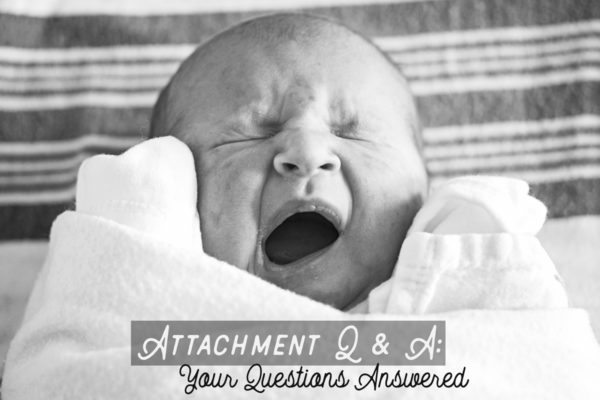
Question:
Our 2 1/2 year-old, home for three months, is very curious. We found out after we were home that he is completely deaf – and his visual senses are so alert. When we are out, if people talk to him and if they’re wearing a watch or a necklace, he will put his arms out for them to hold him. He immediately goes for whatever that item is that he likes. Should I let him go into their arms? Will this slow bonding?
I was drawn to your questions because I could have asked them word-for-word after we brought our son home. At three years old, he loved all people and tried desperately to win the attention of every adult in his company, anyone who could be a potential caregiver. He had learned early on that charming adults was the only way to get his needs met, and he did it well. He had never known the love of a family and didn’t understand that mama and baba were supposed to care for him. So, we spent his first year home cocooning and parenting intentionally to teach him what a family is.
He was (and still is) incredibly charming, very affectionate, super happy, and simply a joy and a delight! People are still drawn to him because of his wonderful, fun-loving disposition, and he still lights up the room wherever he goes. He is a “people person,” and I believe he will most likely always be bent that way. But, we put forth a lot of effort during his first year home to help him create a healthy attachment to us.
In some situations even today, we still limit his physical interaction with other adults and even children. This isn’t because we’re concerned about attachment now, but we are still trying to teach him healthy physical boundaries with others. That skill is one that he’s had a harder time grasping; mostly, I think, because he loves people so much. We know it will come in time, so we meet him where he is today.
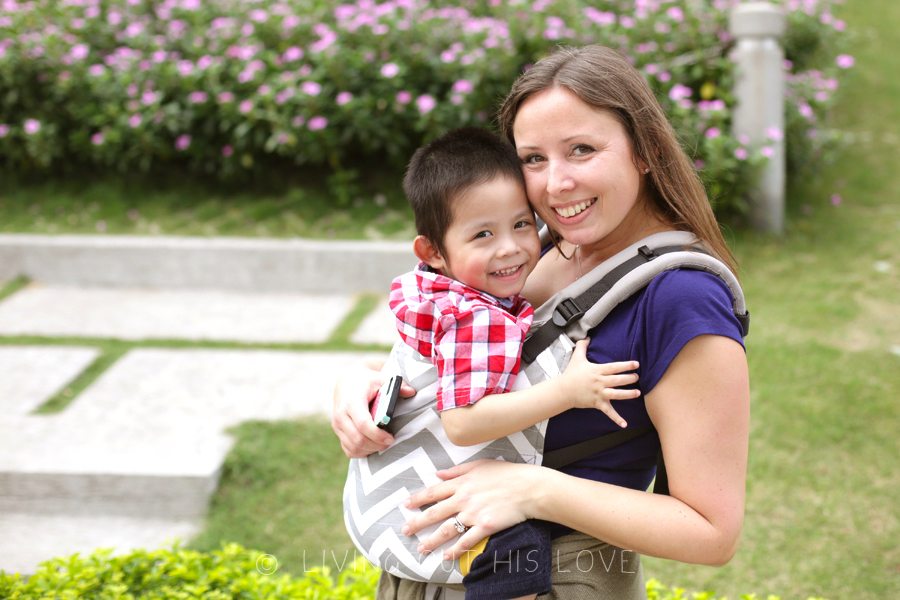
Though you may have an added communication challenge with your son’s diagnosis, I’ll share some of the tools we used to make that first year as successful as possible.
(Interestingly, our son has a hearing impairment, but he is able to hear with aids.)
1. We prepared adults with whom we spent time regularly.
The distance we intentionally created between our son and other adults was most difficult on our family and close friends. Actually, it was quite difficult on us too because we couldn’t accept help from anyone. But our son was so indiscriminately affectionate toward all other adults, we felt it was necessary to set fairly serious boundaries.
2. We were the only ones who met his needs. Period.
Not even grandma, grandpa, aunts, or uncles were allowed to pick him up or give him food. No one babysat him for a year (which was incredibly difficult, but so worth it in the long run). He even slept in our room on a toddler bed for the first year. His siblings were fun, but mama and baba met all of the caregiving needs, always. I know other families who cocooned this way for six months or nine months, but we felt our son needed more time to build a healthy connection with us.
And then we slowly began to open up his world by allowing him to form relationships with our closest adult family members. After that, we moved on to our closest friends. Eventually, we lowered the barriers to strangers as well, once he understood the difference. It was a slow process, but one that worked for our son to learn about relationships.
3. Whenever possible, we tried to playfully engage with him to promote attachment.
We were very intentional about playing and making everything fun whenever we could. Lots of eye contact, smiles, and laughter were key. Playfulness breaks down barriers and allows healing and attachment to begin. This made for many exhausting days, but the effort was well worth it. And in all of our efforts, our love and attachment toward him grew even more.
4. We held our son a lot.
A carrier (I like the Toddler Tula) was especially useful because it created a safe space for our son to be close, and it also naturally deterred other adults from getting too close. It was much easier to redirect behaviors while holding him as well.
5. We kept his world small.
Whenever possible, either my husband or I stayed home with our son while the other parent took the rest of the children to parties and activities. I’ll admit this was hard. But, it was better to keep his world small instead of constantly saying no and redirecting his efforts to win adults over.
6. When necessary, we said no in a playful way.
When our son got too close to other adults, we intervened. We stopped him with a quick and playful: “Oh Sweetie, she’s not your mama! Come to mama, I will give you a hug,” or some version of that depending on the situation. A nonverbal version of this intervention could be used for your son.
In some cases, we even walked away from situations while graciously explaining to other adults that we were working on “personal boundaries,” and no, it wasn’t ok for our son to be that close. Adults truly didn’t mind his closeness and were trying to be accommodating, but we politely removed him from some situations regardless.
Because he didn’t understand why his behavior was misplaced, he sometimes got upset and cried when we intervened. But that was ok. We were teaching him about healthy relationships, and that was more important than his crying in the moment or what other people may have thought of us as parents. Some moments were awkward and difficult, but they were all part of the learning process that brought him to a healthy attachment with us.
Today, almost three years home, we’ve come a long way, but we still have some work to do. Our son no longer tries to engage with strangers, though he can at times get overly affectionate with familiar adults and children. We step in when needed, but we know he’s in a good place.
He knows that we’re his and he’s ours. No matter what.





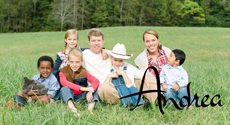


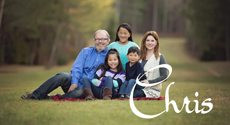
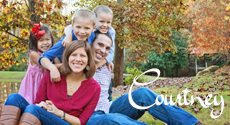





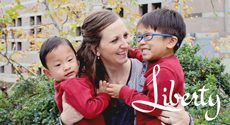
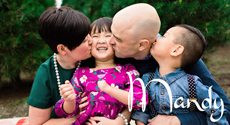









Leave a Reply